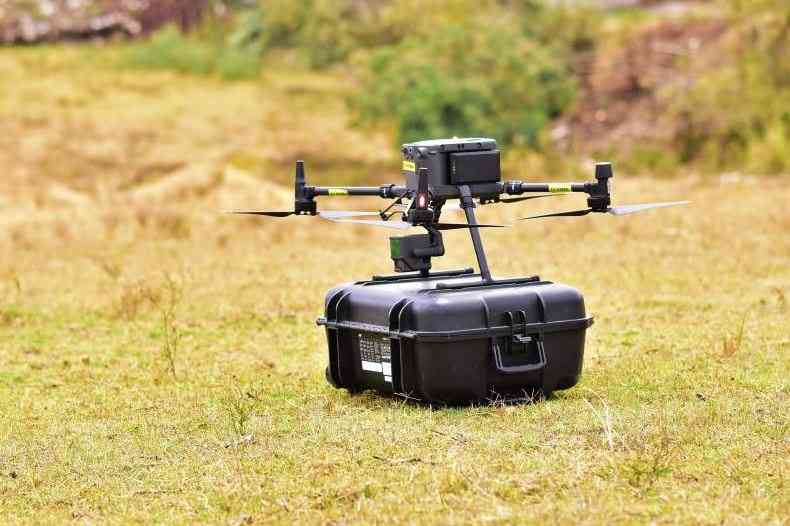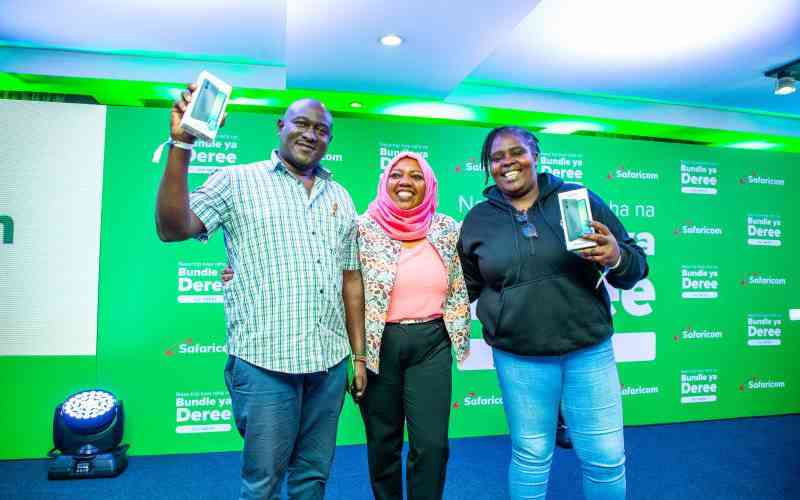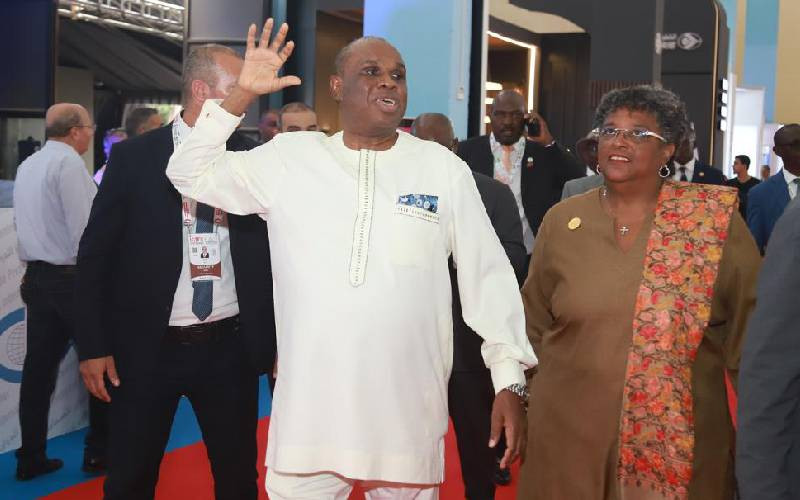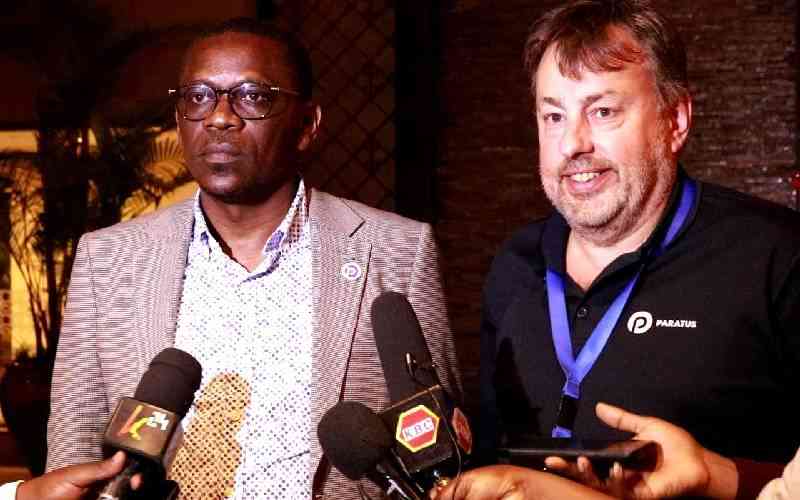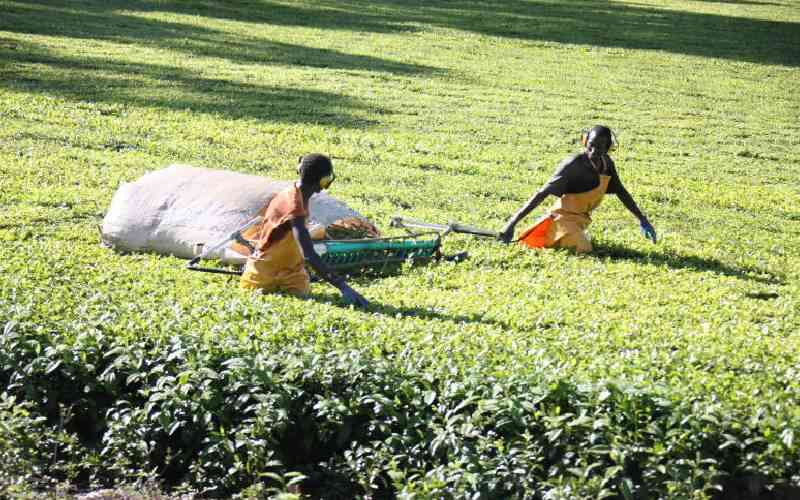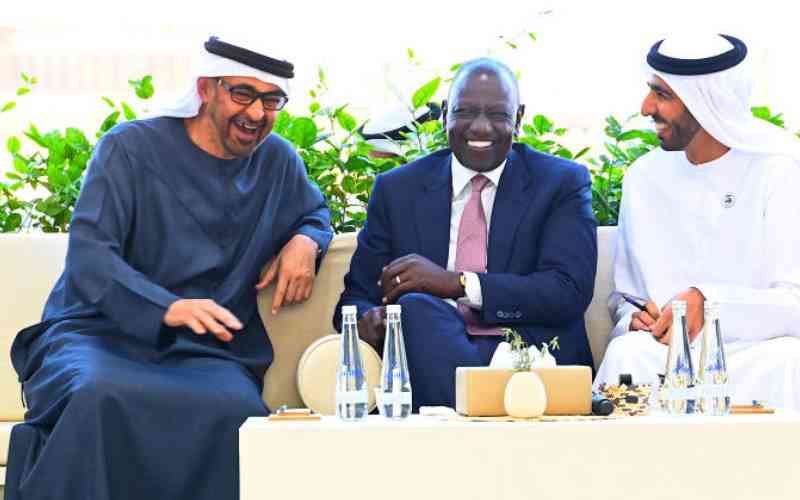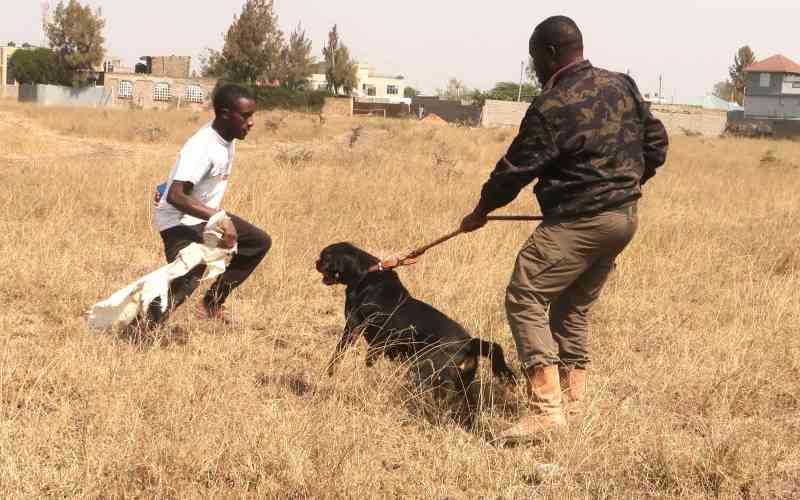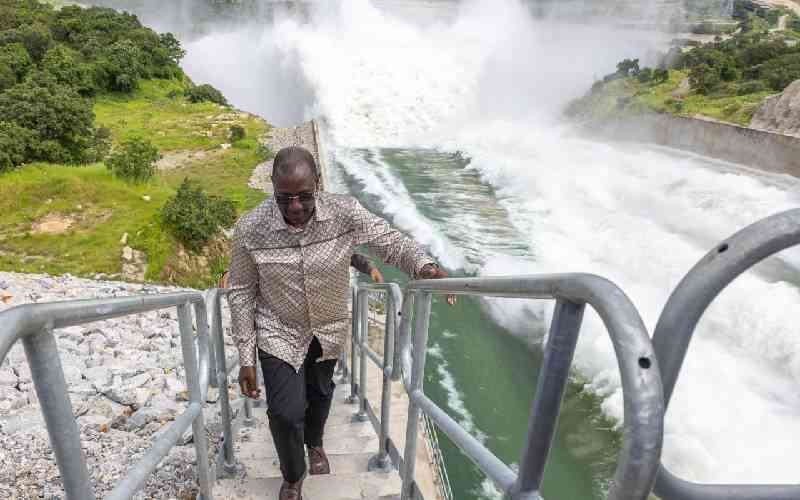
President William Ruto and other leaders witness the historic inauguration of the Grand Ethiopian Renaissance Dam at Benishangul-Gumuz region in Ethiopia.[PCS]
Kenya has urged Ethiopia and Egypt to engage in constructive engagement over the wider Nile Basin discourse during the inauguration of the Grand Ethiopian Renaissance Dam.
According to President Ruto, who spoke on Tuesday, September 9, 2025, in Ethiopia during the inauguration, Kenya is committed to a constructive dialogue.
‘’We recognise the Nile’s centrality to the lives and livelihoods of millions. Its shared use must be governed by principles of equity, sustainability, cooperation, and mutual respect,’’ President Ruto said.
Ruto said that Kenya is firmly committed to safeguarding collective interests, while working through the Nile Basin framework to promote prosperity and stability,’ ’We strongly support the Nile Basin Initiative and other platforms that encourage dialogue, technical cooperation, and peaceful engagement.’’
Since the start of the GERD, Ethiopia and Egypt have had differences with Egypt claiming that the project is a looming disaster dependent on the Nile for 97 percent of its water from the Nile River.
Egypt, with a population of 110 million, built its own Aswan High Dam on the Nile in the 1960s, fearing the GERD could restrict its water supply during periods of drought and lead to the construction of other upstream dams.
Attempts at mediation by the US, World Bank, Russia, the UAE, and the African Union have all faltered over the past decade.
The inaugurated dam, towering 145 metres high and stretching nearly two kilometres across the Blue Nile near the Sudanese border, was constructed at a cost of about Sh 619 billion by the Ethiopian government, designed to hold 74 billion cubic metres of water and generate more than 6,000 megawatts of electricity.
The project is expected to help in frequent blackouts that force the use of generators, and some 45 per cent of Ethiopia's 130 million people, according to data by the World Bank, are connected to power.
Ruto said that despite Africa’s vast renewable resources, the continent accounts for only 6% of global energy use, while nearly half of Africans, over 600 million people, still lack access to electricity, and Close to 1 billion people lack clean cooking solutions.
Africa’s energy demand is set to rise exponentially, driven by population growth and rapid urbanisation.
By 2030, one in every five people globally will live on this continent. Meeting that demand sustainably will require doubling current energy investments, with at least two-thirds directed towards clean energy,’’ he said.
How Kenya stands to gain If successful, the GERD, Africa's largest hydroelectric project that has been under construction since 2011, will see Ethiopia supply energy to neighbouring countries.
Stay informed. Subscribe to our newsletter
Ethiopian Prime Minister Abiy Ahmed, while hailing the inauguration of GERD, said Ethiopia will use the energy to improve Ethiopians' access to electricity and export surplus power to the region.
Ruto said the project by Ethiopia provides an avenue to bridge the continent’s energy divide.
‘’Supported by multilateral cooperation and regional solidarity, the Grand Ethiopia Renaissance Dam provides a blueprint for scaling similar projects across Africa,’’ President Ruto said.
